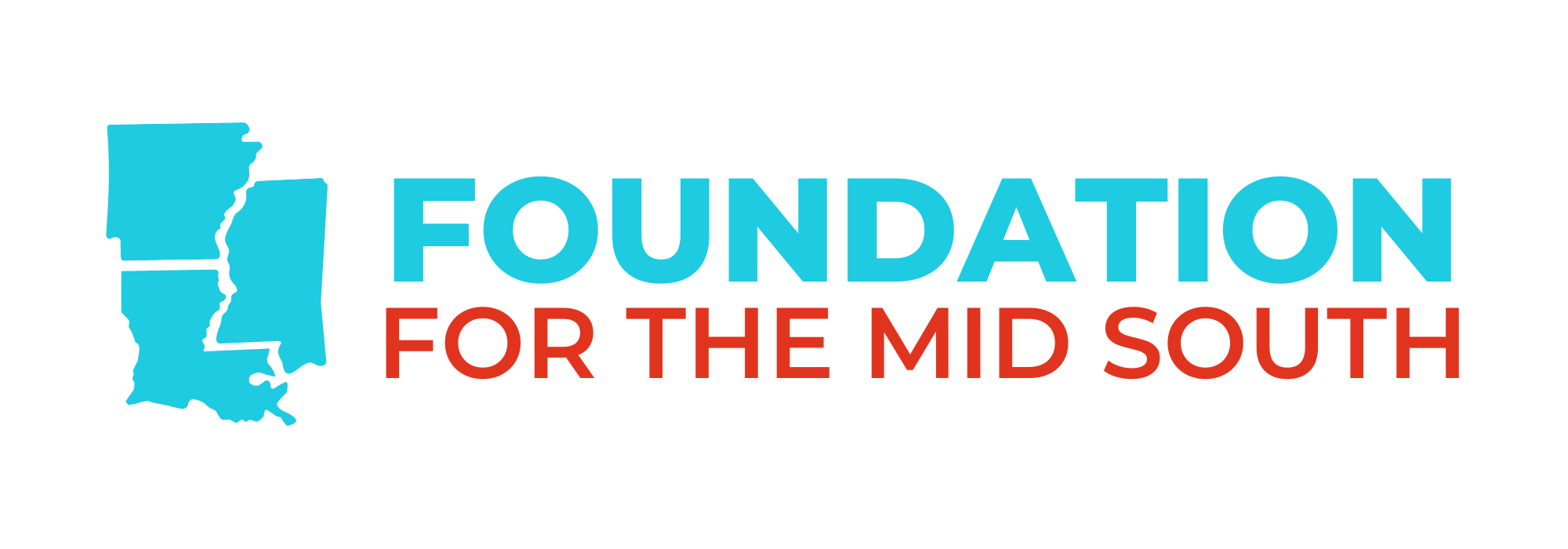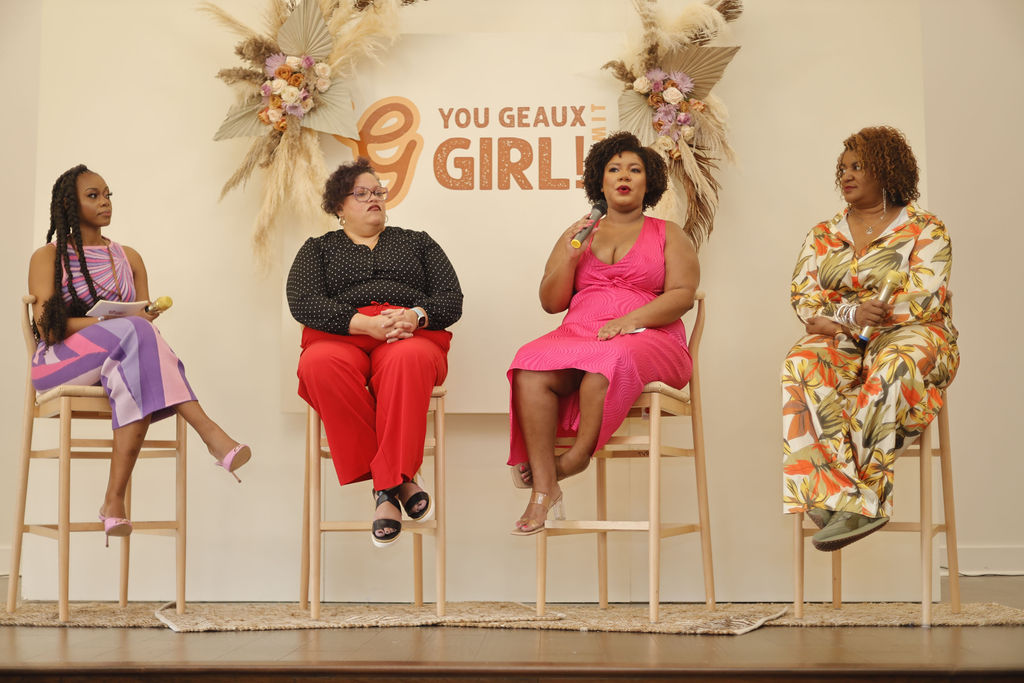‘We Exist to Shift the Narrative in Philanthropy’: Geaux Girl Giving Founder Ciara Coleman
A burgeoning model of philanthropy brews in the heart of New Orleans. The change is not driven by political leaders or corporate titans but by Black women determined to author a new chapter in the charitable giving playbook.
Giving Circles, which pool financial support from members typically from grassroots contributions, are accelerating nationwide. After learning about the underwhelming amount of philanthropic dollars that reached women and girls of color, Ciara Coleman founded Geaux Girl Giving because she said more needed to be done to “mobilize and move resources to support communities of color.”
Of the nearly $70 billion given annually by foundations across America, less than 1 percent reaches women and girls of color, according to an analysis by Ms. Foundation in 2020. In the South, women of color receive the lowest amount of philanthropic funding per capita in the entire country.
For Coleman, a seasoned philanthropic practitioner with years of experience, the women’s funding gap spotlighted an opportunity. Behind the collective giving model, Geaux Girl emphasizes the incredible potential for collective giving to support women at the ground level and build collective power.
What started as nine friends, each donating $400, has blossomed into a heavy-hitting fundraising circle. In its first few years, Geaux Girl Giving grew to 22 black women and distributed nearly $70,000 to dozens of Black women-led nonprofits helping women and girls in New Orleans.
“We’re not just talking about pocket change anymore,” she says. “We’re pooling our resources to make a real impact in our community. We’re showing that Black women can be benefactors, not just beneficiaries.”
Women-led giving circles, like Geaux Girl, are the powerhouse behind the exploding rise in collective giving. National research from the Dorothy A. Johnson Center for Philanthropy at Grand Valley State University and Philanthropy Together recorded a tripling of the number of collective giving circles and the members belonging to them from 2016 and 2023.
With an upbeat approach to giving, Geaux Girl’s model is also refreshingly different. Geaux Girl starts the decision conversation by asking grantees to identify what excites them about their work, signaling a keen eye for organizations with strong ties to the communities they serve.
Recently, Geaux Girl Giving has partnered with the Foundation for the Mid South to bring the collective giving model to areas in Mississippi and Arkansas.
Coleman’s efforts would have made her grandmother proud, who served as a key inspiration for Geaux Girl. She says Bobby Jean Jackson’s giving philosophy was a simple home-cooked meal for a hungry neighbor or a hand-me-down onesie for a colleague’s newborn. Geaux Girl mirrors, amplifies and formalizes her generous spirit without losing its soul.
“She embodied what philanthropy means – love of humankind. She was generous with whatever she had, whether a plate of food or clothes for a coworker’s new baby.”
Giving Circle’s Incredible Potential
As of 2023, approximately 4,000 collective giving groups, comprising 370,000 members, distributed over $3 billion in philanthropic funds in the preceding five-years. According to “In Abundance: An Analysis of the Thriving Landscape of Collective Giving in the U.S.,” collective giving is redefining how Americans approach charitable giving and community engagement.
At its core, collective giving involves individuals coming together to support causes they collectively choose. But it’s the process, not just the outcome, that sets this model apart. Shared decision-making is a hallmark of these groups, fostering a sense of democratic participation.
These circles do more than just give money. They spark conversations. Almost half of the members say they talk more about tackling real-world social and political issues with friends and family since joining.
The groups are especially powerful for marginalized communities as they represent safe spaces where people can build strength in their identities and direct resources to their communities. It’s this grassroots spirit of giving that Coleman and the Geaux Girl cohort are translating into a powerful local agent of change.
“These [Giving Circles] groups are intentionally supporting historically marginalized communities and community organizations, leaning in to learning as donors and individuals, and inspiring increased levels of civic action and agency,” reads the Johnson Center and Philanthropy Together report.
Giving Circles, according to research, are better positioned to bridge the social capital gap, a deeply embedded issue that locks underserved people out of relationships and communities where wealth and financial opportunities tend to pour from.
This social capital gap is difficult to overcome because it requires addressing not only economic resources but also cultural, institutional, and psychological barriers to building and leveraging social capital.
In light of these issues, collective giving participants report powerful examples of how their groups worked to incorporate more diverse viewpoints and people with varied life experiences in ways that build relationships across cultural and social lines.
Learning and engagement are heavily leaned on aspects of collective giving. According to the report, collective giving members “…reported making additional significant contributions of non-monetary resources to both their group and its recipients (91% and 66% respectively).”
Speaking to the 5Ts, “Participants volunteered their Time and Talent within their groups and supported organizations, fostered Ties by strategically connecting both to their networks and offered Testimony by advocating for their group and its beneficiaries.”
Coleman’s inaugural You Geaux Girl! Summit celebrated and convened around the success of supporting nearly more than 300 women and girls.
Notable beneficiaries include Girls Nola and the Thurman Perry Foundation, who support issues like the sexual health of local young girls and scholarships for educating incarcerated women.
Beyond financial impact, the giving circles facilitate a democratization in charitable giving. For many of the women involved, it’s the first time they’ve seen themselves in the role of philanthropist. In doing so, they’re bringing their lived experiences, their understanding of community needs, and their networks to the table.
The result yields a more responsive, inclusive, and ultimately more effective giving.
Going forward, Coleman is dreaming up a big future for Geaux Girl, “I want us to become a multi-million-dollar fund that can seed and support the gifts, the ideas, the brilliance of Black women and girls across the South.”
In the end, it all comes back to that first lesson from Coleman’s grandmother — philanthropy is about love for humankind. In New Orleans, that love is growing.

